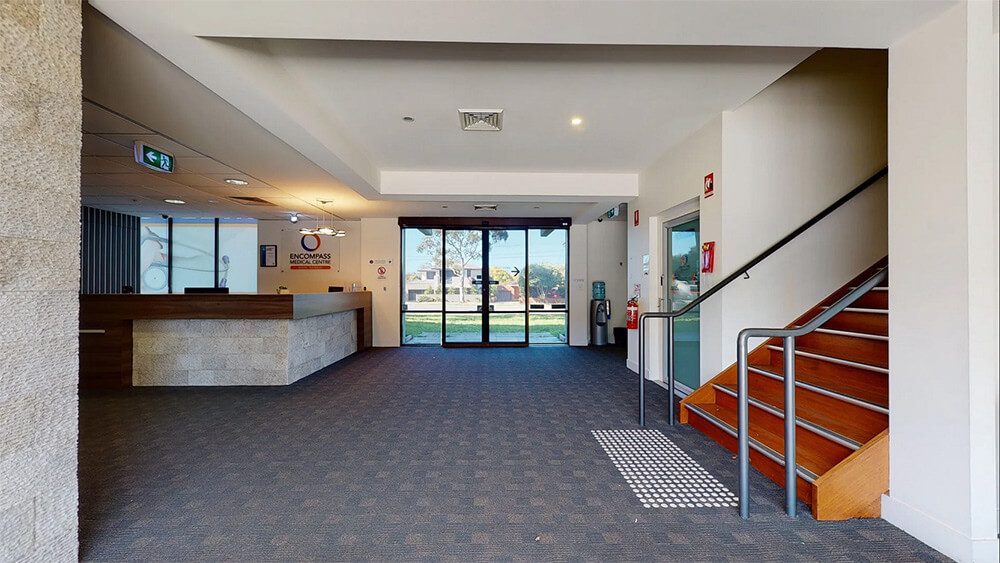Compelling your prospect audience’s curiosity and interest is a challenge in a world with so many distractions and options. A way to emerge in a competitive industry is to employ powerful strategies while keeping them relevant to the current demands. A lot of industries have been eloquent with the use of photos and videos as a part of their marketing strategy. While photos and videos are visually satisfying in illustrating a product or service, they still leave too much room for interpretation and don’t satisfy all senses. For that reason, 3D modelling deserves a spot as one of the most powerful marketing and presentation tools.
3D modelling isn’t new, it just hasn’t been heavily explored in the mainstream in the past. What is fascinating about 3D modelling is its capability to bring something to “life” akin to an object’s dimension, colour, and texture in reality. In other words, it provides the viewer depth and perspective making it seem more real—something that 2D images can’t do.
What Is 3D Modeling?
A 3D model is a digital twin of an object in three dimensions. It is a digital file created using 3D CAD (Computer-aided Design) software or through 3D scanning. 3D Modeling is the process of making 2D images into a 3D file as a digital twin of an object using 3D modelling software, such as Matterport. Moreover, a 3D file or 3D model is what is needed to create a 3D print. Generally, there are 3 types of 3D modelling.
Types Of 3D Modeling
There are three main types of 3D modelling within CAD: solid, wireframe, and surface. There are other types of modelling but they are basically subsets of these main types.
SOLID MODELING
Think of solid modelling is the cornerstone of 3D modelling. It can start with 2-3 dimensional shapes or the basic geometric shapes like cubes, spheres, cones, and cylinders. These varying geometric shapes also form as the “building blocks” in which the designer can manipulate or transform these blocks into a more complex shape by either “subtracting” or “adding” them together thereby creating a digital twin of an object.
Solid modelling goes beyond presenting a 3D model of an object. It is specifically accurate in terms of dimensions and angle that enables computer analysis and digital prototyping. Hence, it is largely used in engineering and manufacturing where preciseness in measurements is crucial.
Compared to wireframe and surface modelling, solid modelling can be differentiated further by the four key elements of a solid object:
- Complete—refers to the accuracy of the representation of the object and its surface, whether it is inside or outside.
- Valid—refers to the proper connectivity of vertices and edges to complete the design of the 3D model.
- Unambiguous—refers to the coherence of the design and accuracy to its likeness to the actual object.
- Solid—refers to the precise geometric and topological data (i.e. weight, shape, size, etc.)
Pros of Solid Modeling
The tools or software used in the solid modelling technique is not as complicated and will not require extensive training to understand. Creating solid 3D modelling also doesn’t require high specification equipment. The final output possesses high accuracy in dimensions similar to the model in the real world.
Cons of Solid Modeling
Though solid modelling is accurate in a sense of being mathematically accurate, the final outcome may look a little rigid and far from high realism.
WIREFRAME MODELING
The term wireframe is inspired by the use of “metal wire” to represent the three-dimensional shape of a solid object. Basically, there are no apparent surfaces in a wireframe model and even the internal components or underlying designs are visible; it resonates with a skeletal frame of a 3D object built by connecting each point called vertices with lines or curves.
In wireframe modelling, a triangle is the basic polygonal element—the wireframe model is made by connecting each vertex with a line segment called ledge which can either be a straight line or curve line thereby creating a face. Each geometric face is composed of at least three vertices which can be a part of one or more vertices. The shape and size of the model are modified by changing the position of each vertex.
Pros of Wireframe Modeling
Since wireframe modelling creates a 3D model by connecting vertices with lines, the outcome will have more complex surfaces and curves compared to the rigid looking solid 3D models.
Cons of Wireframe Modeling
Creating a wireframe 3D model will require some training and higher equipment specification since it produces a higher resolution graphic.
SURFACE MODELING
Surface modelling is the most advanced 3D modelling; it is more complex than wireframe modelling but not as sophisticated as solid modelling. Surface modelling produces smooth and complex surfaces. Unlike solid models, it cannot be sliced open and can be geometrically incorrect because using this modelling technique aims to give emphasis on the visual representation of an object’s exterior and its contours. This gives the designer the freedom to design the 3D model since dimension accuracy isn’t exactly an issue. This 3D modelling method is widely used for illustrations, architectural renderings, 3D animations for games, and other presentations.
Pros of Surface Modeling
Produces smoother and complex surfaces. The surface model boasts its high realism output that is specifically favoured in industries like architecture, automotive, and aircraft.
Cons of Surface Modeling
Since this is a more complex technique, it requires a higher skill in graphics and advanced programs or software.














